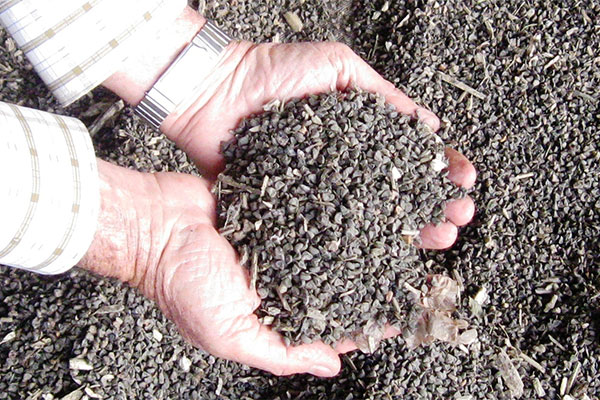Kenaf Seed Supply USA Choosing The Right-Seed
Before choosing a variety, spending a nickel, or other business decisions you will need to know that your efforts will be rewarded with a profitable contract with a buyer for your seed, fiber and/or hurd. The right seed and other particulars are part of the contract. You will need to meet some basic qualifications to be considered for participation. To qualify you will need a minimum of 100 acres for growing kenaf and planting and harvesting equipment. If you are considering growing kenaf just fill out the form below to see if this is right for you. No obligations before contracted.
Kenaf Seed Supply USA
